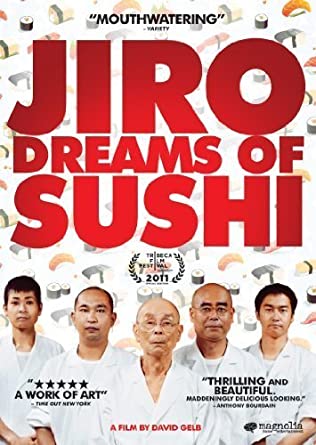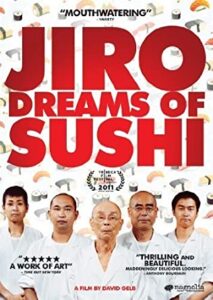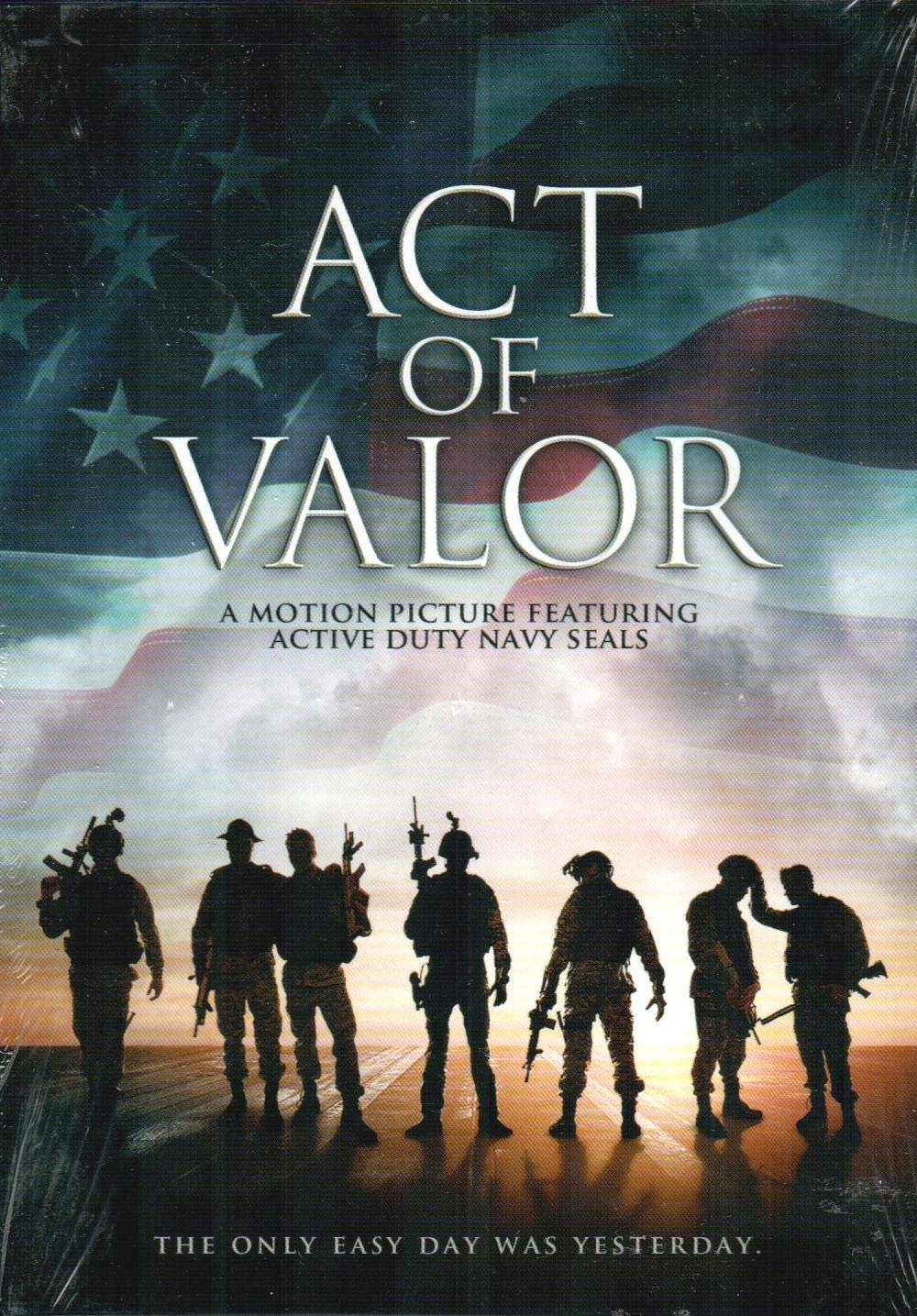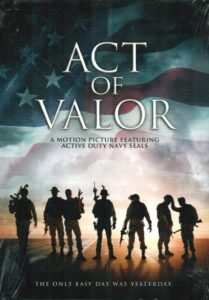Interview: Paul Weitz of “Being Flynn”
Posted on March 8, 2012 at 3:54 pm
Paul Weitz wrote and directed “Being Flynn,” which opens today, starring Robert De Niro and Paul Dano. It is based on Another Bullshit Night in Suck City: A Memoir, Nick Flynn’s book about his experiences working in a homeless shelter, when his estranged father turned up looking for a place to stay. I really enjoyed speaking to Weitz about how the themes of this story related to his relationship with his own father and about his mother, who co-starred in one of my favorite films and then retired to be a full-time mom.
How did you become involved with this project?
I was sent the book eight years ago. It is quite poetic. But it boiled down to some form of fable about the central question: are we fated to become our parents? How much are we pre-determined by our heritage or how much can we become our own people? The details of the book are extreme. It’s about a guy who didn’t know his father growing up. He would occasionally get letters from him from prison saying things like, “Never fear, I’m going to win the Nobel Prize in two years.” Nick Flynn, the author, ended up finding a calling and a dignity and an excitement working in a homeless shelter in Boston in his 20’s. And then it was completely destabilized when his father showed up at the shelter to live because he had hit the skids. It was an odd experience. It’s a story in which the real Jonathan Flynn, the character Robert De Niro plays in the film, really exists. He has this delusion that he is one of just three great writers than America has produced. He never published the novel he was working on over the decades. But in terms of his being convinced of his own greatness, it is odd that he is now being played by Robert De Niro in a movie.
It was really marvelous spending time with Nick who has generosity of spirit and who has forged a relationship with his father. He has really gotten though his demons. Between Nick and De Niro, who has had to navigate this insane level of stardom and has a wonderful dry sense of humor and sense of irony about himself and is utterly devoted to the work. I am interested in the idea of humility and the relationship between ego and creativity and how destructive ego can be. This is really a stark example of someone who is so tortured by needing to be great that he never achieved anything and somebody else who had the humility it takes to become a writer.
There’s a wonderful example of humility and humanity in the movie when Nick is asked by one of the residents of the shelter for a new pair of pants and checks with someone else on the staff about what size to get. The other staffer says gently, “Just ask him.”
The actor in that scene was one of the non-traditional actors in the movie and he had formerly been homeless. This is at a point when Nick is learning how to work in the shelter. I don’t feel qualified to talk about homelessness as an issue but I have spent time with homeless people and I have learned that each of them has an individual path through his life which leads them to this situation. Just deal with them as people, and as individuals. That is one great benefit of the job I have of telling stories. You get involved in other people’s lives and learn that each one of them has a narrative going on.
Were there many “non-traditional” actors in the film, current or former homeless people?
There were a number of people sent to us by an aids services organization. It was important to me not only to have Nick Flynn around but also to have people who had been homeless and could inform me whether we were doing things properly or not. Actors are always trying to get to the point of erasing the acting, where you can’t see it. Non-actors are starting there but they are confronted with the weird apparatus of film-making. You might do the same scene five times without having the camera on you. We had one guy who has a line about burning himself intentionally so he could get morphine and he was fine and then we said, “Now we’ll do it on camera” and he completely flubbed it. I really enjoy that kind of challenge as a director, to go to him and say, “Don’t worry, we’ll do it as many times as we need to.” It’s always exciting to direct non-actors.
That must be the opposite of dealing with experienced, highly trained professionals like De Niro and Julianne Moore (who plays Nick’s mother in flashbacks).
Absolutely. Somebody like Julianne, coming in to do a supporting role, it’s so important with that role that the character not be someone you’re feeling sorry for throughout. Nick’s mom was a great a and fun single mom who had a lot of dignity before she succumbed to her demons. Julianne was keen to make sure that there was some humor and warmth in that character.
I was very struck by the music in the movie’s soundtrack.
My brother and I did a film called “About a Boy” with all the music by Badly Drawn Boy. In this case, with two characters doing voiceover there was a danger of feeling you were watching two movies. I had temporary music while I was editing with some of his pieces and some pieces by Bach. He and an arranger did some Bach-esque versions of the melodies of some of his music that tied everything together.
 What are the challenges of voiceovers — to make sure they don’t over-explain?
What are the challenges of voiceovers — to make sure they don’t over-explain?
Usually voiceover is used to horrible effect because the studio says no one understands what is going on in the movie. In this case, because they are two writers, I liked the idea that they were competing over who owned the story and trying to steal the story from each other. Nick said the part his father particularly enjoyed and laughed at the part was when De Niro, playing him, says, “You are me! I made you!” It’s happening on a dramatic level and I liked the two people trying to tug with each other over the ownership of the story.
You came from a show business family and went into the family business — and with your brother.
We share an office and look at each other’s cuts and try to be supportive of each other, which is great. My dad was a fashion designer who wanted to be a writer. He looked at it as basically a silly way to make a living. I had the odd experience of growing up in a tie and jacket because my dad had a kids’ line. The normal adolescent rebellion that might involve dressing a certain way was very explosive in my household. He would write at night and thought of himself as a Hemingway-esque character, and he was, he had a very picturesque life. I was always conscious that there was some battle going on with him and I identified with the characters in the book.
My mom was a successful actress in the 1950’s. She was effortlessly graceful and humble and a really terrific mom. It was a lesson in humility from a very intelligent woman.
I loved her in “Imitation of Life.”
They don’t make them like that any more! Emblazoned in my mind is where she becomes kind of a stripper and sings this campy song. Lypsinka does that as part of his act. She’s remained friendly with the woman who played her mom, Juanita Moore, and I got to do a Q&A with them.
What’s next for you?
I’m hoping to make “Admission” with Tina Fey as a college admissions officer.









